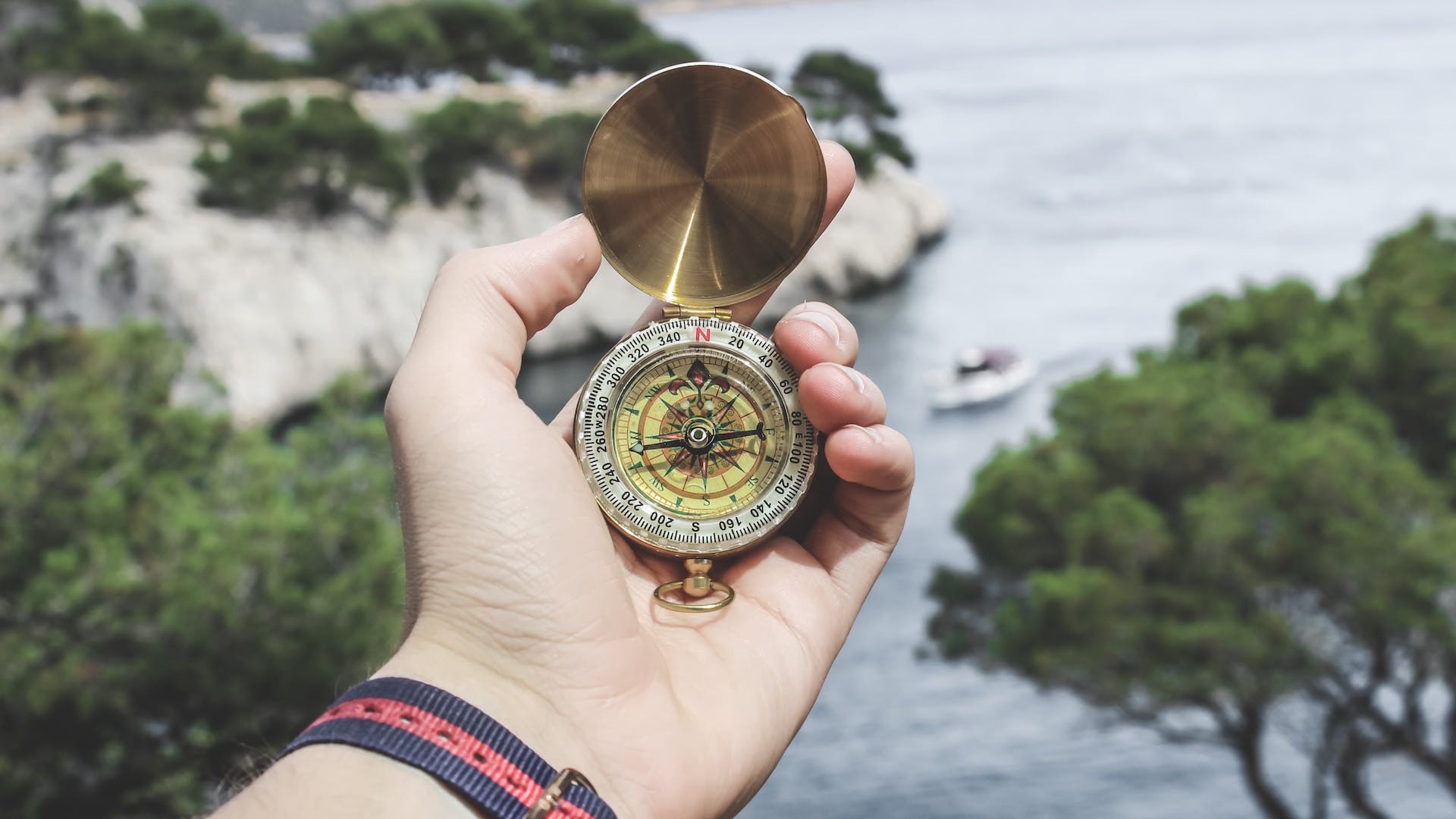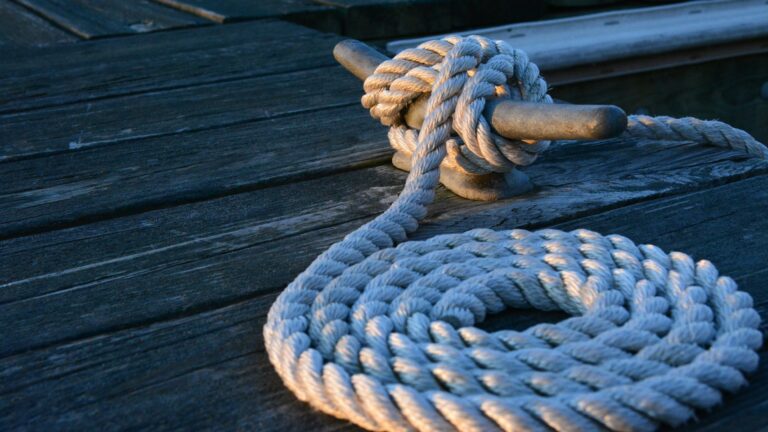How did sailors navigate before the sextant?
Introduction
- Definition of navigation
- Overview of ancient navigation methods
- Introduction to sextant
Ancient Navigation Methods
-
Observing landmarks
-
Watching the direction of the sun and stars
-
Sailing within sight of land
-
Watching constellations to mark their position
-
Use of navigational tools such as knots, stars, and other objects in the sky to help calculate position and direction
-
Use of the horizon line to judge direction and distance travelled
-
Use of compasses and other instruments to measure direction
Advantages and Disadvantages of Ancient Navigation Methods
-
Advantages
-
Disadvantages
Sextant Introduction
-
Definition of a sextant
-
How it works
Advantages and Disadvantages of Sextants
-
Advantages
-
Disadvantages
Conclusion
Introduction
Navigation is the science of finding your way from one place to another, whether it be by land, sea, or air. It involves reading maps and charts, understanding the directions you are travelling in, and plotting a course so that you reach your destination safely and efficiently. In ancient times, sailors navigated by observing landmarks or watching the direction of the sun and stars; few ventured out into open sea without sight of land. This article will discuss some ancient navigation methods and how they were used before the invention of the sextant in 1731 AD by John Hadley and Thomas Godfrey in England . We will compare these methods with those used today with a sextant in order to better understand how sailors navigated before this revolutionary tool was invented. Lastly, we will discuss the advantages and disadvantages associated with both ancient navigation methods as well as using a sextant for navigation today.
## Ancient Navigation Methods
Before the invention of modern-day instruments such as compasses, GPS systems, radar, etc., sailors relied on ancient navigation methods for guidance on their voyages across open seas . These methods included observing landmarks such as lighthouses or mountain peaks, watching the direction of both sun and stars during day and night respectively (known as celestial navigation), sailing within sight of land when possible in order to navigate (known as coastal navigation), watching constellations in order to mark one’s position at sea (also known as celestial navigation or star-sighting), using navigational tools such as knots tied into ropes or pieces of wood that floated on water in order to measure speed (known as dead reckoning), using an instrument called a ‘cross staff’ which was placed against a cloudless sky at night in order to calculate one’s latitude (known as astrolabe), using an instrument called a ‘quadrant’ which was used during day time when there were no clouds visible in order to measure altitude (also known as astrolabe), using an instrument called a ‘backstaff’ which was also used during day time when there were no clouds visible in order to measure altitude (also known as Davis’ Quadrant) , using compasses or other instruments that measure direction , using the horizon line in order to judge direction travelled , knowing that north is always towards the North Star ,and knowing that east is always towards sunrise . All these methods were used by ancient sailors in order to successfully find their way back home after long voyages at sea which sometimes could last years!
## Advantages & Disadvantages Of Ancient Navigation Methods
Ancient navigation methods had many advantages over modern day technology such as being more accurate than GPS systems due to sailors being able to take into account factors such as wind speed, tide levels etc., not needing electricity for their operation like modern day compasses do, having no need for expensive equipment like GPS systems have today , providing great flexibility since they could be used anywhere at any time provided there was enough light from either sun or stars etc., being reliable since they had been tested by generations over centuries , however they also had some disadvantages compared with modern day technology such as being less accurate than GPS systems due to not having access to all current weather information like GPS systems do , requiring much practice before becoming proficient due to lack of instruction available , requiring longer travel times due to lack of accurate information about location etc., having difficulty working at night since most navigational tools rely on light from either sun or stars etc., not having access to information like current weather conditions etc., not having access to detailed maps like those available today with GPS systems etc., not having access to modern day aids such as radar which can help pinpoint exact locations etc.. All these issues meant that ancient sailors needed plenty skill, knowledge, practice and experience before navigating successfully across open seas!
## Sextant Introduction
The sextant is an instrument that was invented by John Hadley and Thomas Godfrey in England in 1731 AD. It is used for measuring angular distances between two visible objects; this information can then be used for determining latitude/longitude coordinates – essential for navigating accurately across open seas. A sextant consists mainly of two mirrors mounted on an arc frame; when held up against a cloudless sky both mirrors can reflect light from two different stars/constellations simultaneously – this allows one star/constellation’s altitude above horizon line (angle)to be measured relative another star/constellation – useful for calculating location. The angular distances measured by a sextant are then converted into linear distances via trigonometry calculations- useful for plotting exact locations.
## Advantages & Disadvantages Of Sextants
Sextants have many advantages over ancient navigation methods such as providing more accuracy than other navigational tools due their ability measure exact angles between two objects – thus allowing very precise coordinates determination, being able provide greater accuracy even under cloudy sky conditions since measurements can still be taken – useful during night time, allowing measurements taken under various conditions – useful when travelling far away from any landmarks, allowing very quick readings – useful when trying navigate quickly through busy shipping lanes etc., however they also have some disadvantages compared with other navigational tools such as being expensive compared with other navigational tools – costs range from $200-$500 USD depending quality/manufacturer, requiring lots practice before becoming proficient – mistakes can easily made if inexperienced person tries use it without proper instruction, requiring regular maintenance – dust/dirt particles can get stuck inside instrument resulting measurement inaccuracies if not cleaned regularly, requiring electricity run – batteries must replaced every few months depending usage etc. . All these issues must taken into consideration when deciding whether use sextants for navigating open seas!
## Conclusion
Navigation has come long way since ancient times; from relying solely upon observation landmarks/stars/constellations determine location now we have sophisticated instruments like sextants available us make our journeys across open seas much safer more accurate than ever before! Ancient navigation methods still remain viable option however you must take into account advantages/disadvantages associated them compared modern-day instruments like sextants ensure successful voyage!







